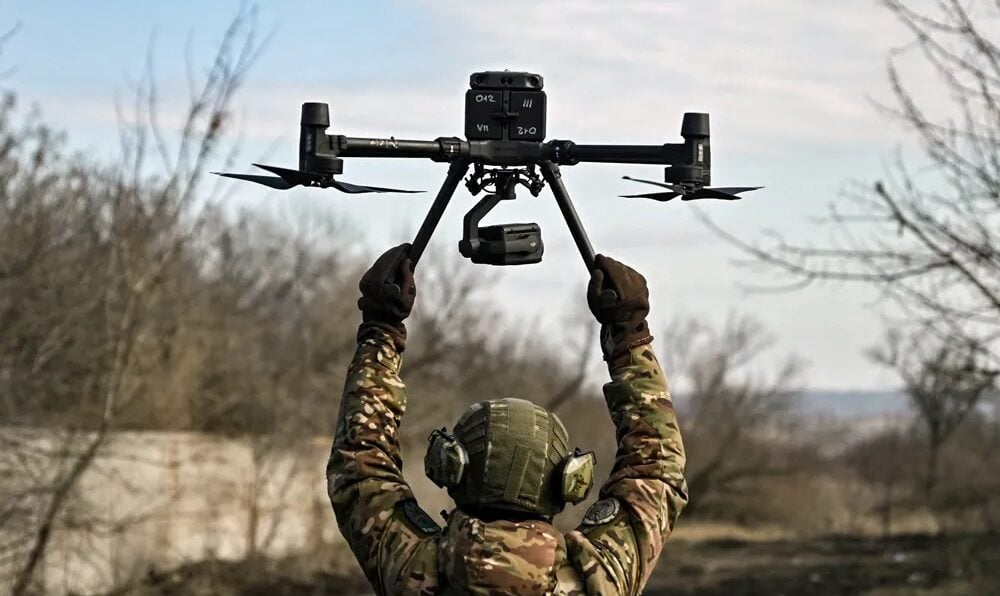Ukrainian drone manufacturers have made significant strides in developing alternatives to the Chinese Mavic drones, which have been widely used by the armed forces. Recently, a demonstration organized by the Ministry of Strategic Industries showcased the innovations of eight domestic drone developers, each presenting their own versions of unmanned aerial vehicles resembling the popular DJI Mavic.
During the demonstration, six of the teams successfully completed flight missions that tested their drones over a distance of 10 kilometers (6.2 miles), flying at an altitude exceeding 250 meters (820 feet) while also conducting target search operations. The assessment of these solutions was comprehensive, involving evaluations from the General Staff, the Unmanned Systems Forces Command, the Logistics Forces Command, as well as government procurers and military units to determine the quality, features, characteristics, and production capabilities of the drones on display.
In a statement, the Ministry of Defense announced that two of the unmanned reconnaissance platforms have already undergone testing and have been officially codified. Moving forward, the best-performing drones that align with the specific needs of the Ukrainian armed forces are expected to be procured.
Herman Smetanin, the Minister of Strategic Industries, expressed gratitude towards the Ukrainian teams of manufacturers, commending their ability to create an effective product domestically. He highlighted the advantages of this development, noting that it not only enhances Ukraine’s independence from foreign suppliers but also contributes to the local economy by keeping funds within the country.
In a broader context, this initiative aligns with President Volodymyr Zelensky’s ambitious plan announced last year to produce one million drones by 2024. This strategy aims to secure a decisive advantage in the ongoing conflict with Russia. While Ukraine has seen a significant increase in domestic drone production, challenges remain, particularly the competition posed by cheaper imported Chinese drones, exacerbated by limited state funding resources.





